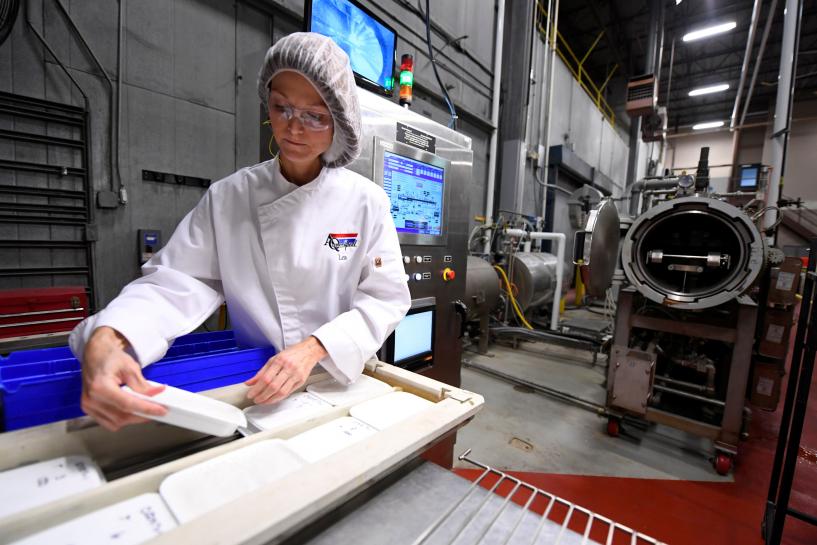Sep 5, 2017
Shenzhen: City of the Future. The high-tech life of China’s Silicon Valley
Posted by Derick Lee in categories: government, habitats, robotics/AI, solar power, sustainability
More films about China: https://rtd.rt.com/tags/china/
- Technology and innovation hub, Shenzhen is known as China’s “silicon valley” and “the city of the future”.
- Once a fishing village, in just 50 years it grew into a megacity packed with skyscrapers.
- It hosts international technology exhibitions and forums and attracts creators and investors from around the world, contributing to its population boom.
- Inventors and engineers working here, create helpful robots, hybrid cars and smart car parks.
China has a saying; to see the past, visit Beijing, to see the present, go to Shanghai but for the future, it’s Shenzhen. Shenzhen has transformed itself from a tiny fishing village to a megacity in just 50 years, its population tripling since the 1990s. The city is a magnet for tech-savvy and inventive dreamers from all across China and the world, because of them Shenzhen has become the “silicon valley” of China, a true technology and innovation hub.
Continue reading “Shenzhen: City of the Future. The high-tech life of China’s Silicon Valley” »

















